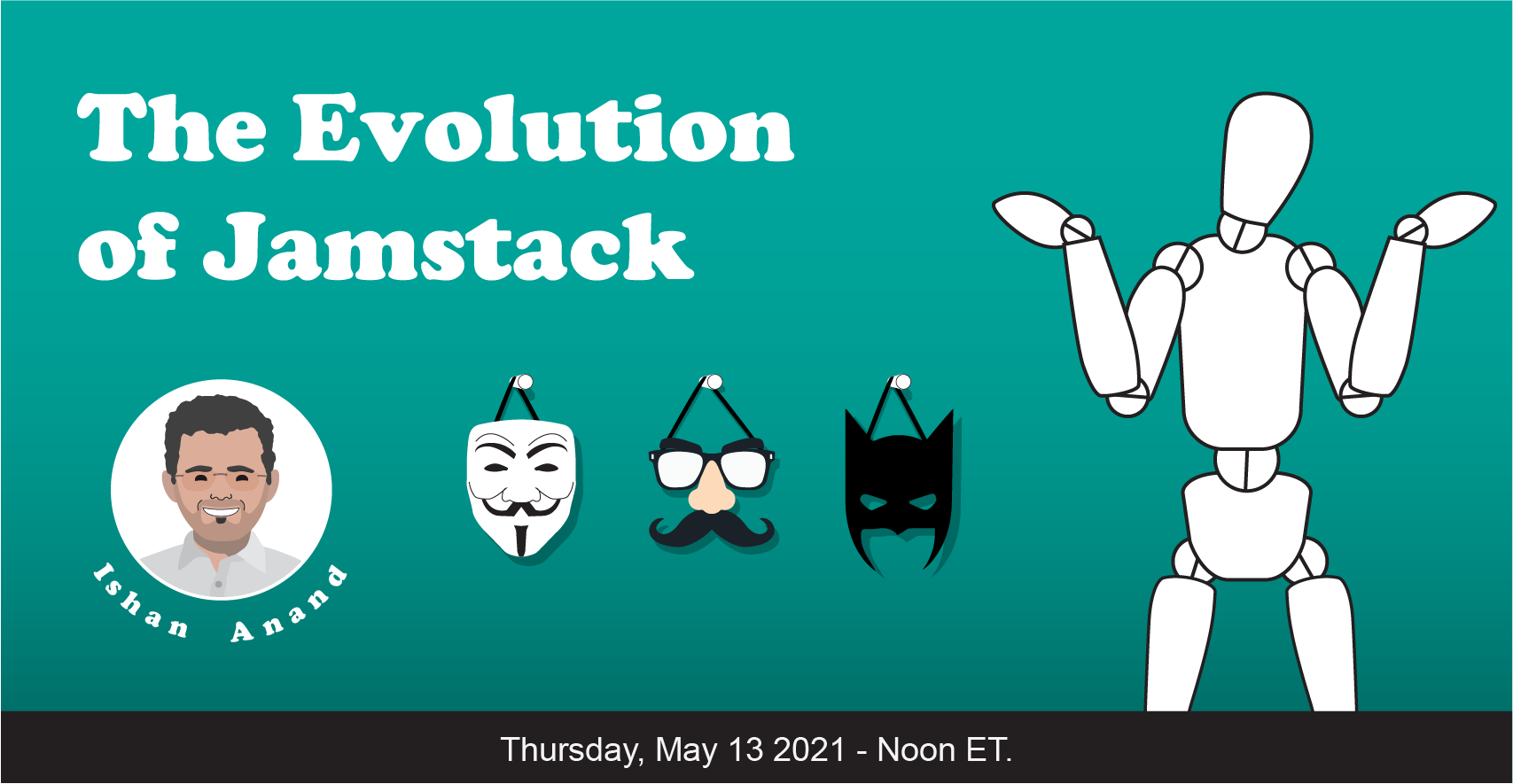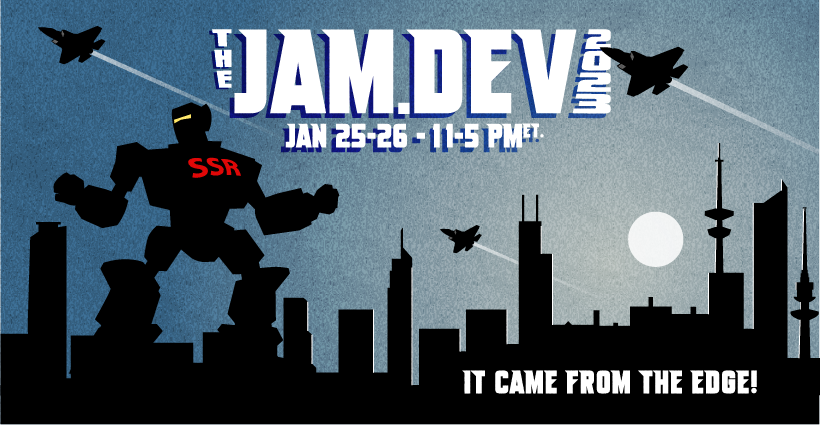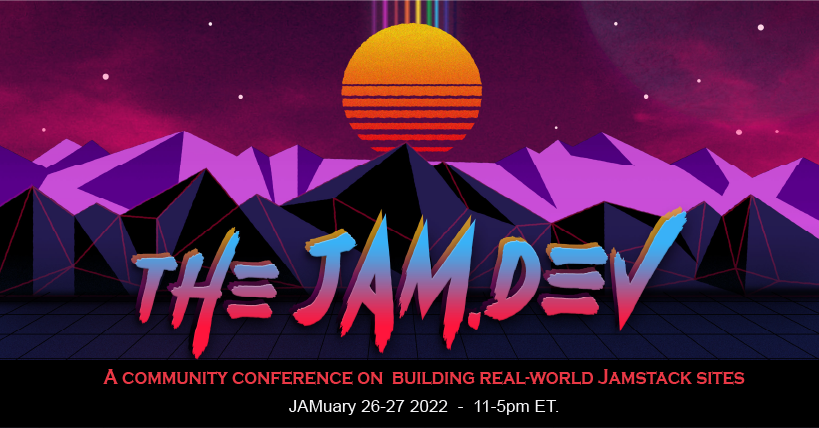Jamstack began as a way to define an architecture that ran on top of static site generators. Originally, the JAM in JAMStack stood for JavaScript, APIs, and Markup. APIs brought in data from a variety of services, markup (and Markdown) was used for content and layout and, finally, client-side JavaScript was added for interactivity on otherwise static assets that could be deployed to a content delivery network (CDN). Since then, the concept has evolved with modern Jamstack frameworks like Astro, Next.js, Nuxt and others offering options for server-side rendering at request time and relying heavily upon JavaScript frameworks for more advanced interactivity.
This evolution has led to a bit of an identity crisis for Jamstack where it has become nearly indistinguishible from general web development. Even Netlify, where the Jamstack term originated, has started to use the term composable web instead of Jamstack. Ultimately, the key principle of Jamstack remains the same and remains valuable, regardless of the name. That principle is a separation of the front-end built with markup and JavaScript from the backend running on APIs and services (thus composable). This concept still distinguishes Jamstack from monolithic web frameworks like WordPress, Drupal and others that blend the backend and frontend, and helps make code from Jamstack sites more flexible and reusable.











